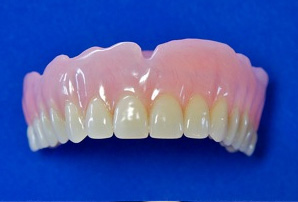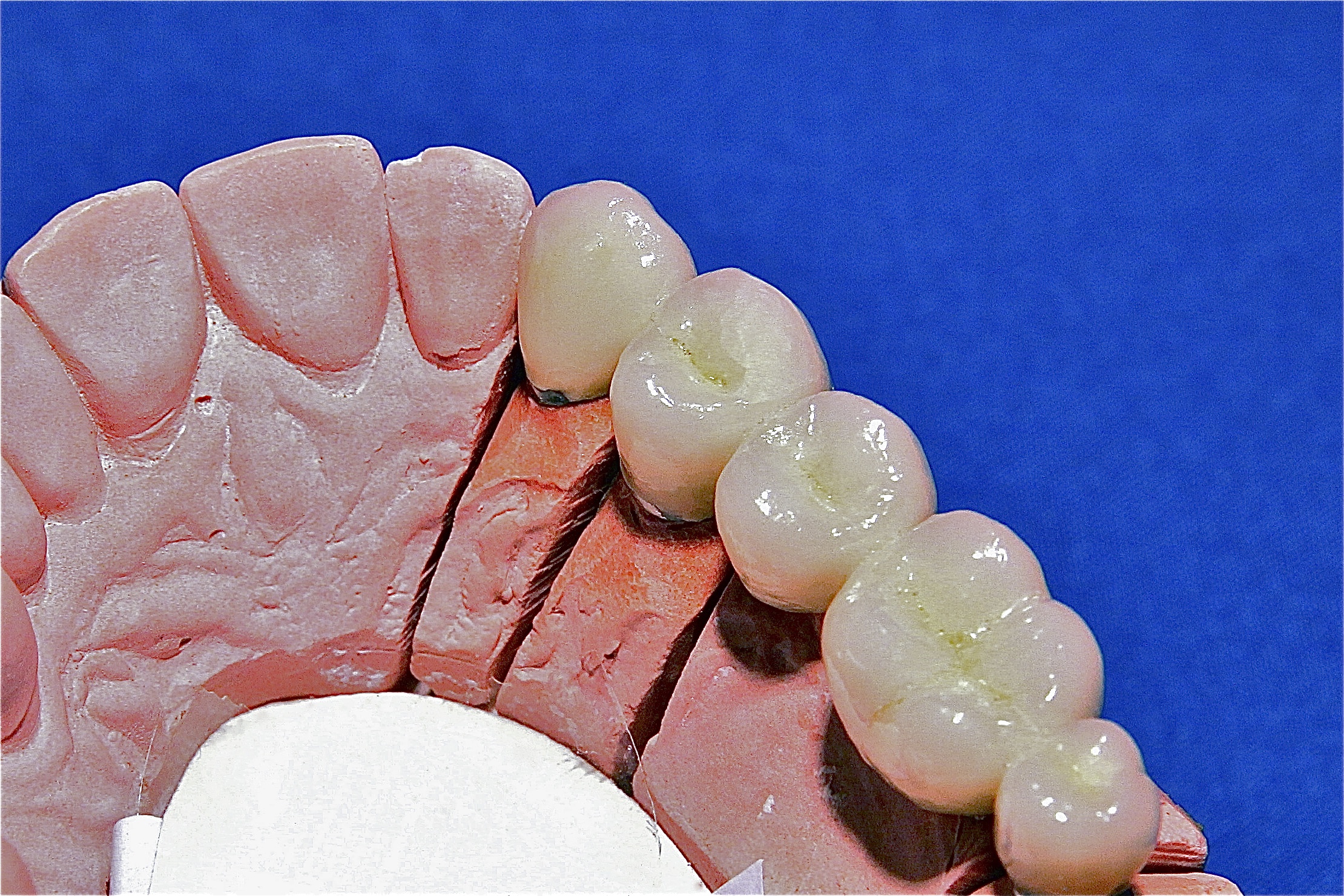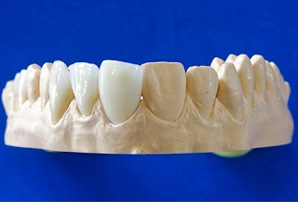Tooth pain and sensitivity after a filling
Now and again, some patients experience tooth pain and sensitivity after the placement of a composite(white) filling. There can be a few reasons for the sensitivity.
Materials used
Composite materials used for white fillings are flexible and durable, isolate the tooth, and bond so well that less of the tooth needs to be prepared to place the filling. On the other hand, white fillings may cause sensitivity when the cavity was deep to the pulp, or if it’s placed on an area of the tooth that experiences greater flex. For example, a filling from the cheek or tongue side of the mouth might be sensitive for longer than a filling on the biting surface, because of the unique stresses the tooth experiences at that location.
Bite off
The bite off is the most common reason for the discomfort. It might take a few days to get used to a new bite. After injection of the anesthetic, muscles are numb and often a patient cannot bite down correctly as he normally would. In this case, some adjustments need to be done to correct the bite and reduce the discomfort after the filling.
How to know that your bite is off?
- You feel that your teeth are higher on one side
- When you bite, you touch the tooth before the other teeth
- It is more sensitive on the side of the filling
- It feels different than it before the filling
- It feels different than it before the filling
- When chew or eat it bothers you
Accute inflamation inside the tooth
One of the most common reasons for tooth pain and sensitivity after composite filling placement is an acute inflammation inside the tooth. The nerves inside the tooth becoming inflamed in response to any dental treatment. The deep cavity causes more inflammation, and stronger sensitivity can be expected after the placement of a new filling. Extreme sensitivity or toothache can last for a few days or even weeks. In some cases extreme sensitivity or bad tooth pain does not get better with time or increases with time, it could be a sign of chronic inflammation that may require additional dental treatment, such as a root canal treatment.
Types of the pain around a filling
Sensitivity or pain to hot or cold. This sharp pain happens only when your teeth touch something hot or cold; the pain vanishes in a few seconds after removing the hot or cold. If this pain stays for a long time even after the hot or cold is removed, it may be a sign of irreversible damage to the nerve and you should see your dentist for a proper assessment.
“Toothache-type” constant throbbing pain might happen If the decayed cavity was very deep to the pulp of the tooth. Such “toothache” may indicate that the tooth tissue is no longer healthy. Root canal treatment may be required in this case.
Referred pain. This is pain or sensitivity in other teeth besides the one that received the filling. With this pain, there is most probably nothing wrong with your teeth.
The treated tooth is simply transmitting “ache signals” it is receiving to other teeth. This pain should vanish on its own over 10-14 days.
Proper oral hygiene can help to prevent such complications. Brushing at least twice a day, flossing no less than five times a week, and using a fluoridated mouthwash should be a daily routine. If you have tooth pain and sensitivity after a filling do not hesitate to contact your dentist for a proper assessment.












